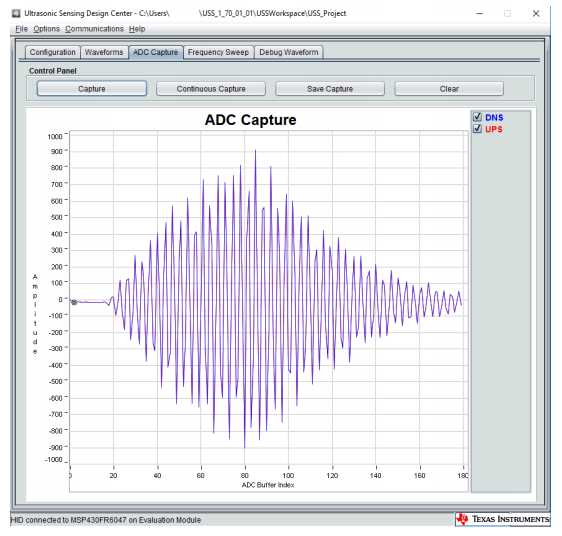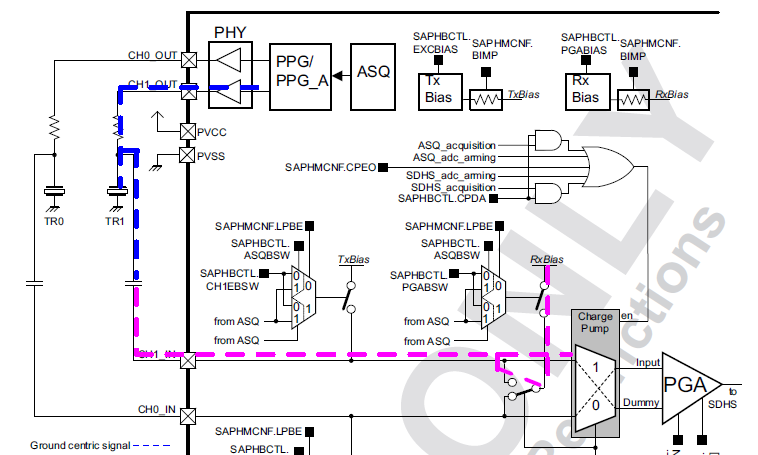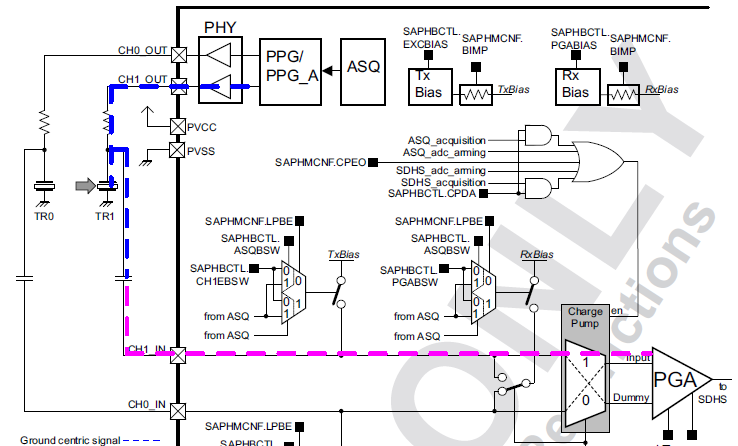Dear team,
I am using the USS of MSP430FR6043. I found that the amplitude of ADC Capture has negative number in Ultrasonic Design Center.
So please kindly tell me why it has negative number.
http://www.ti.com.cn/cn/lit/ml/slau765b/slau765b.pdf
Figure 6. ADC Capture in Design Center




